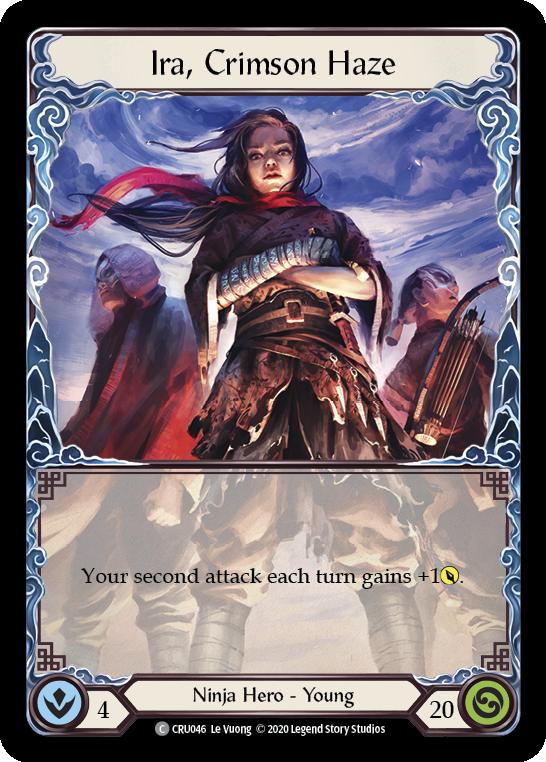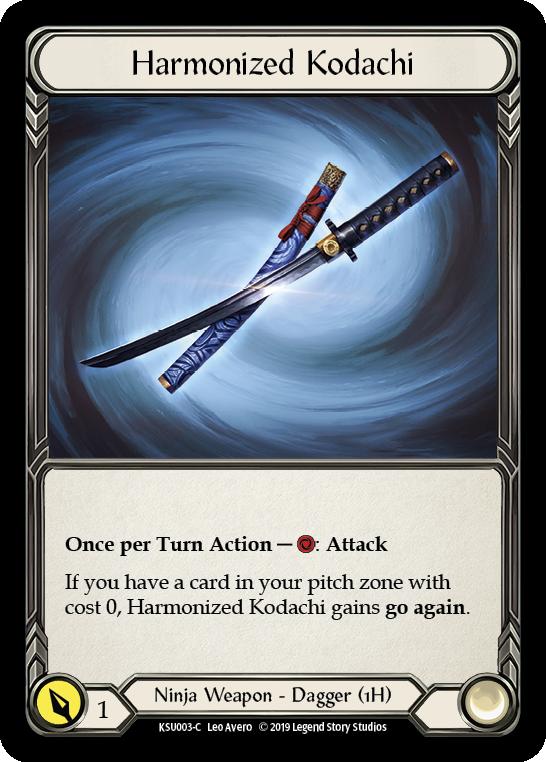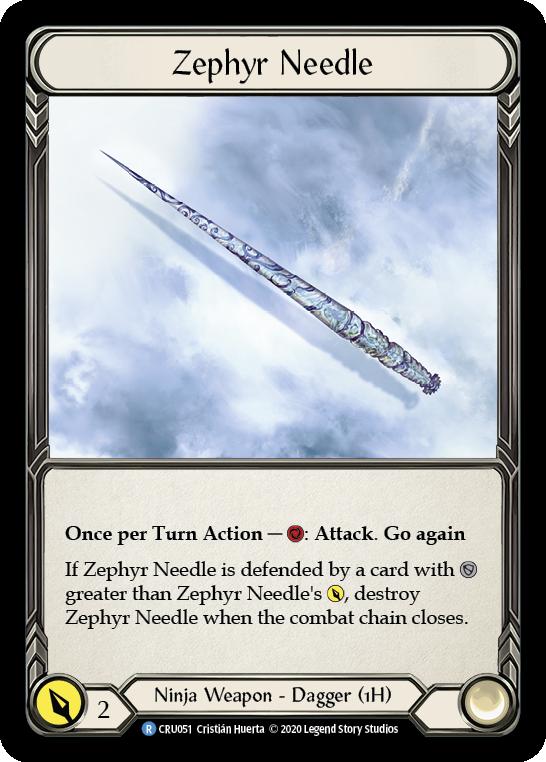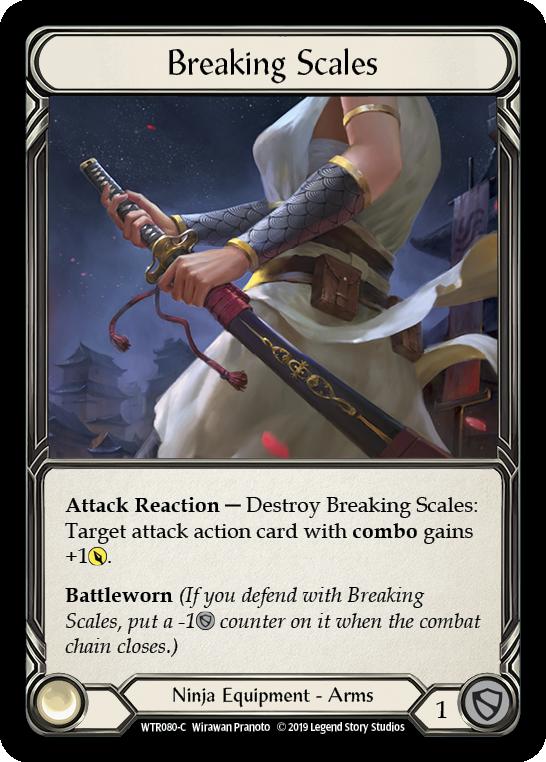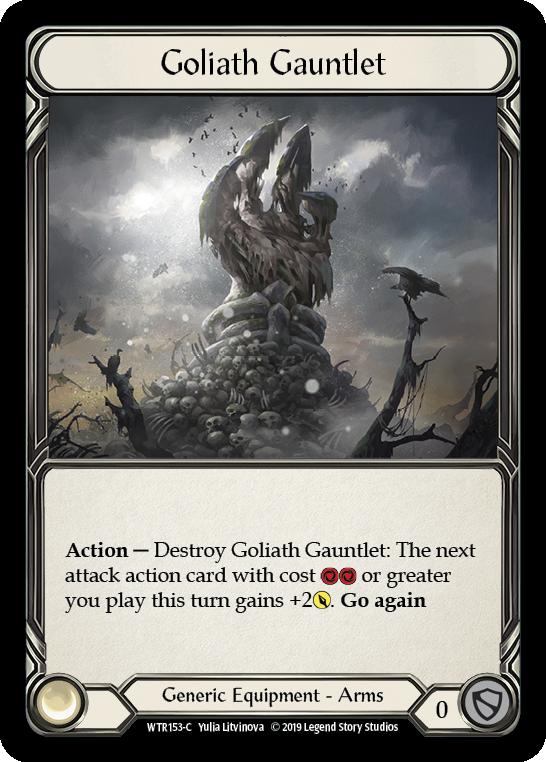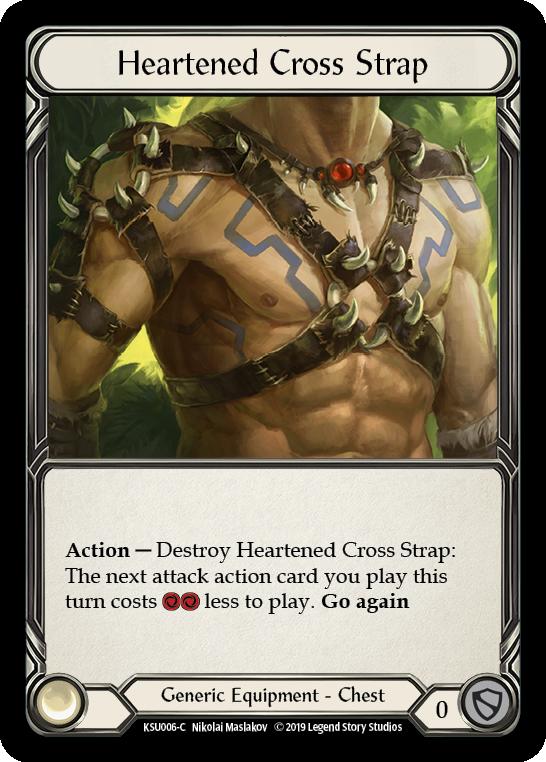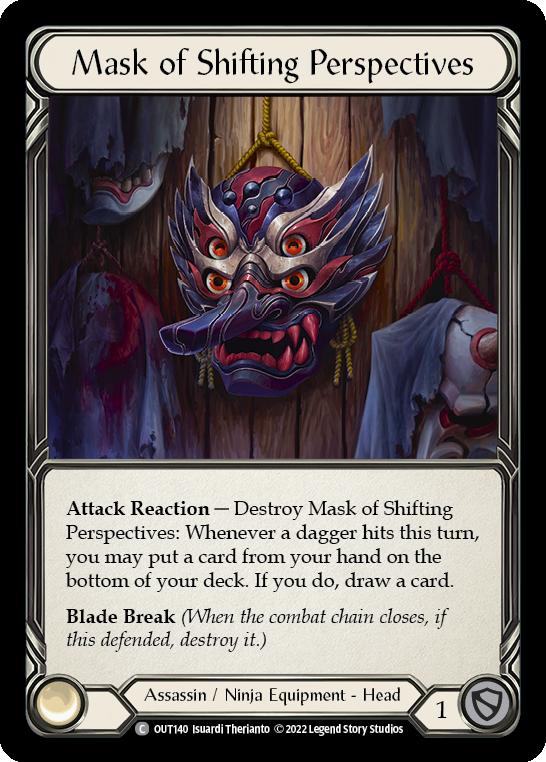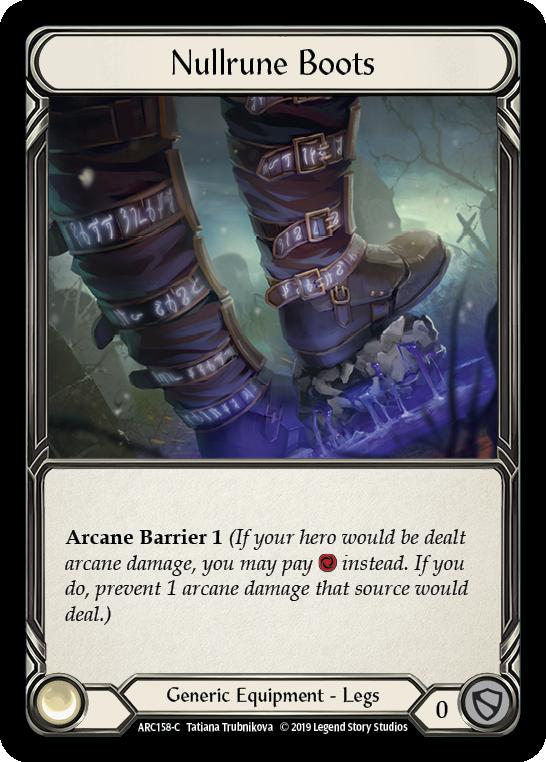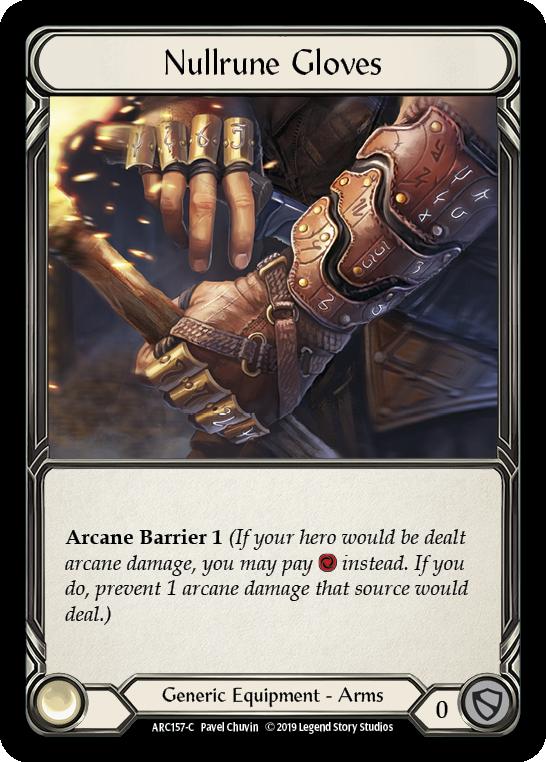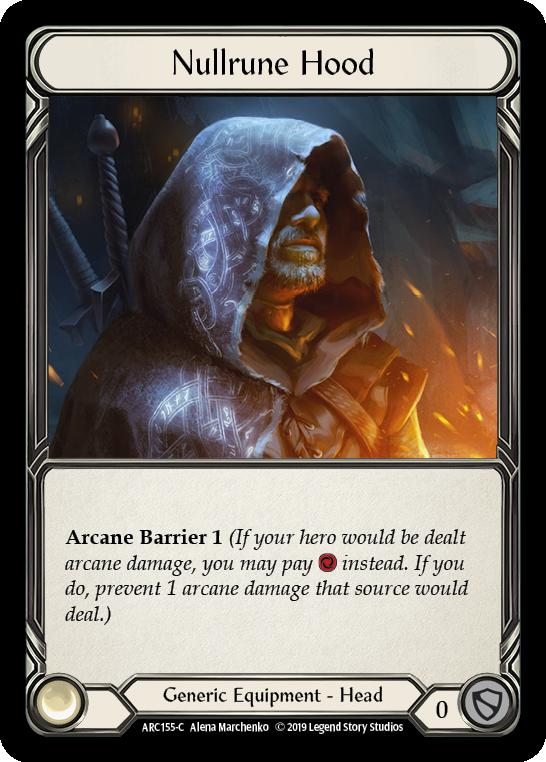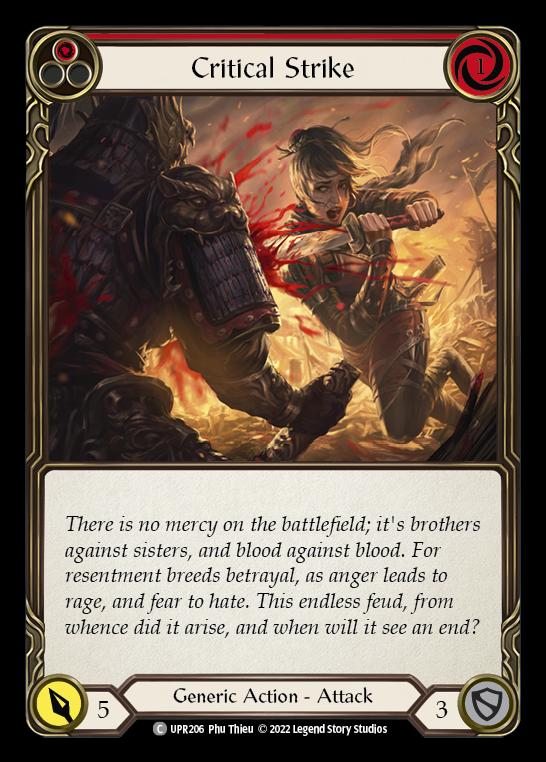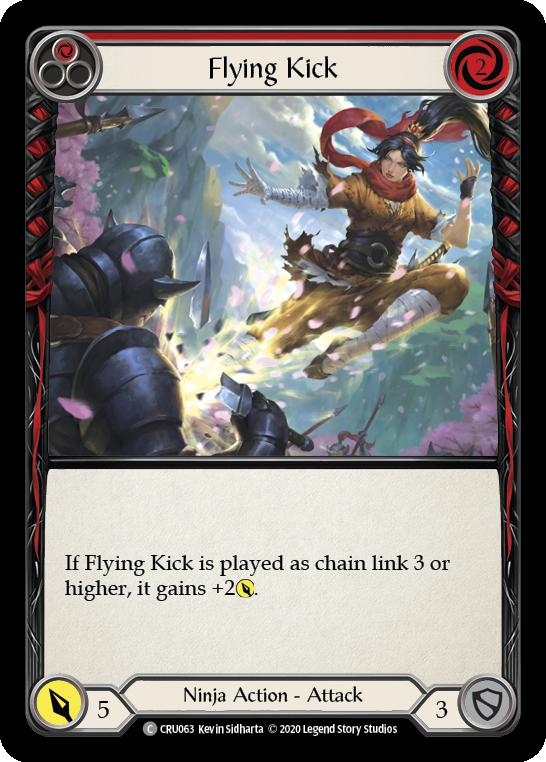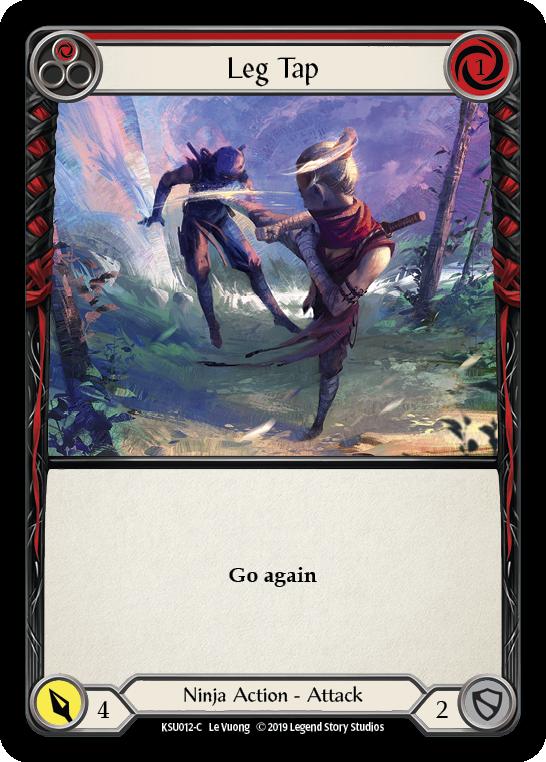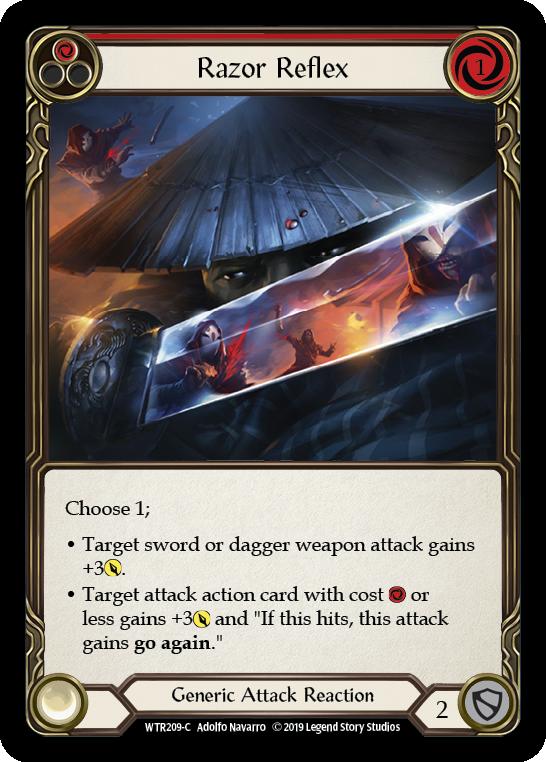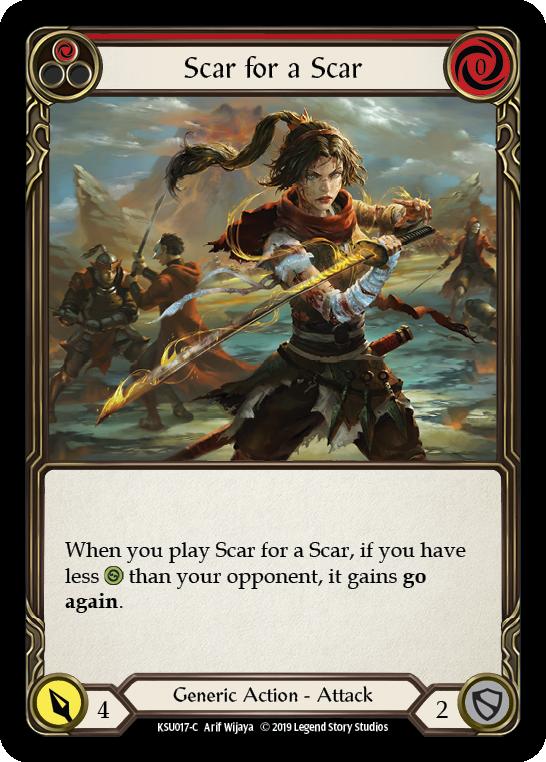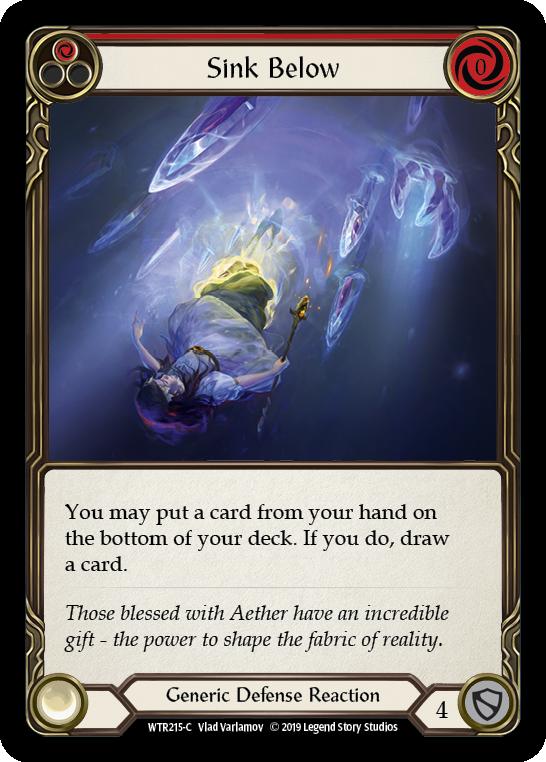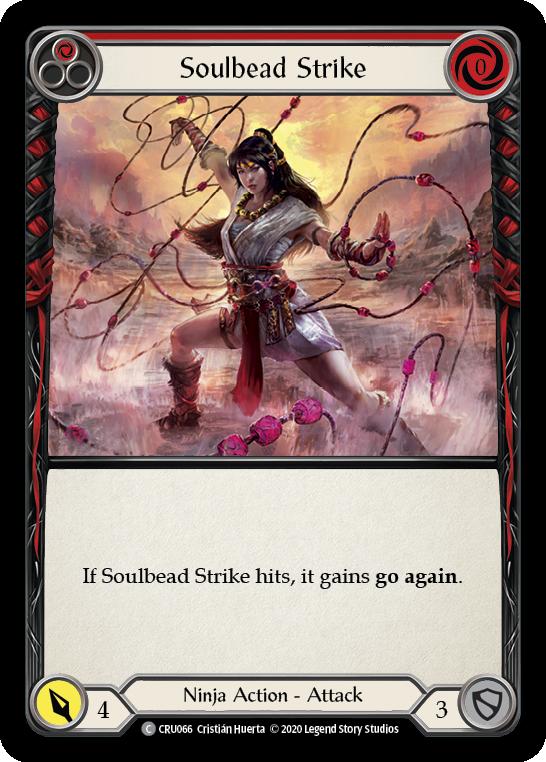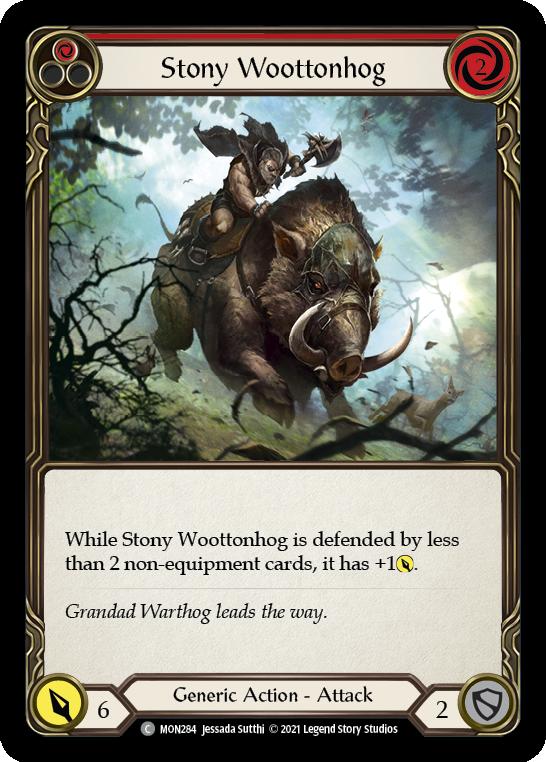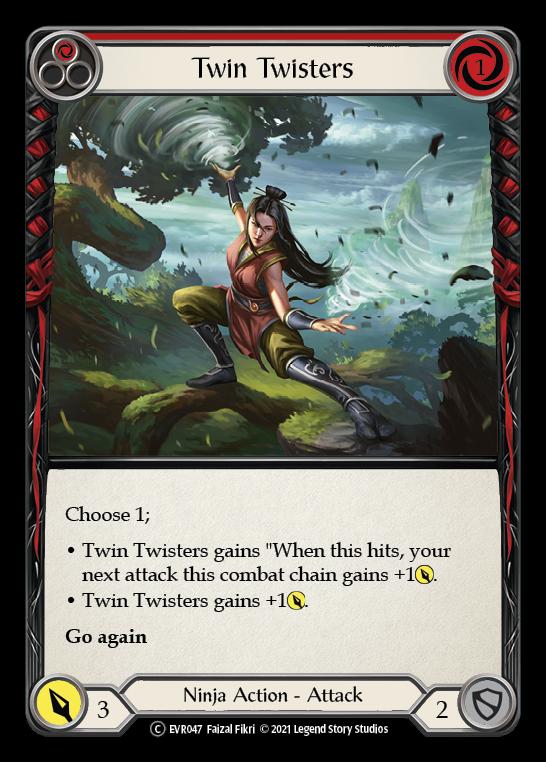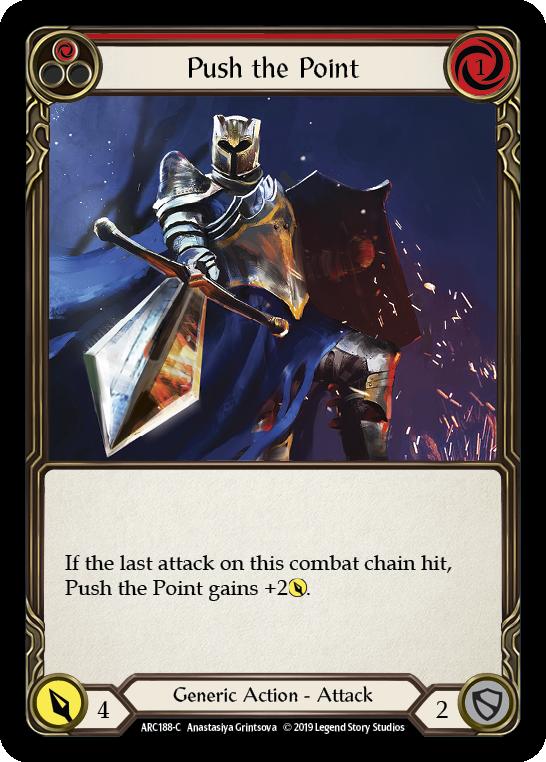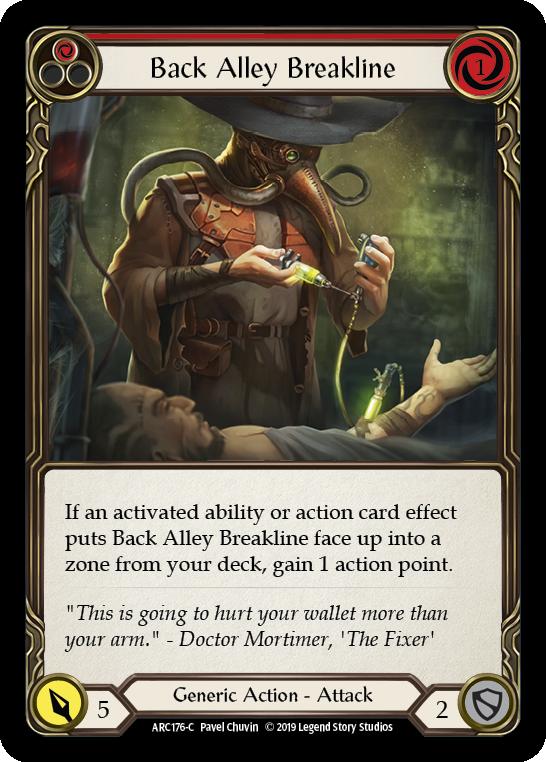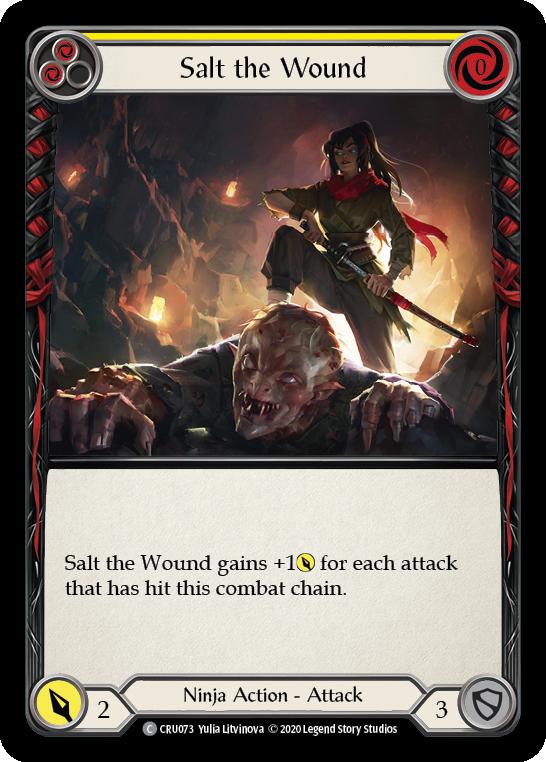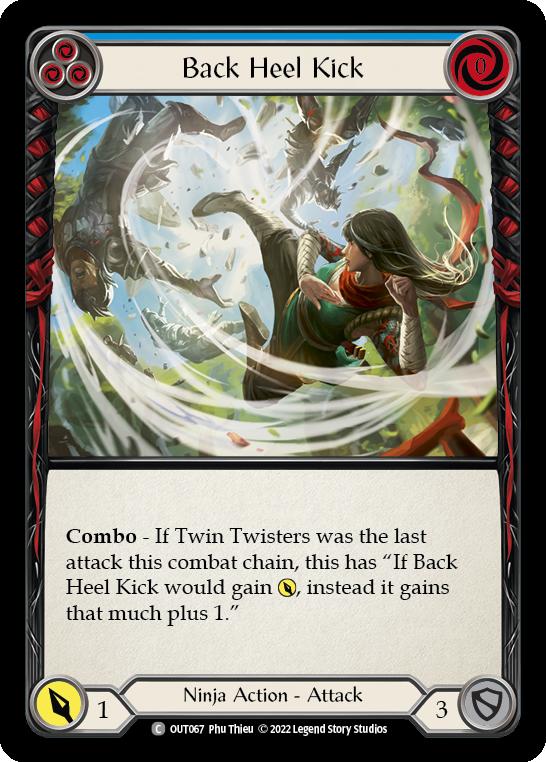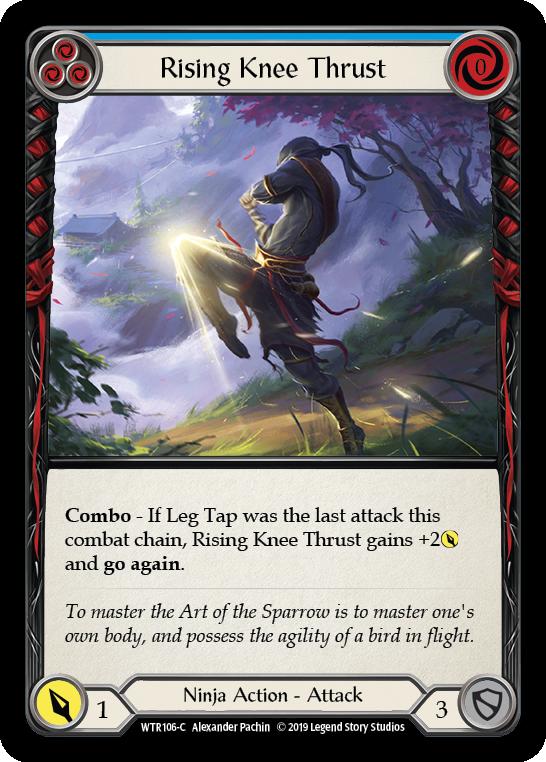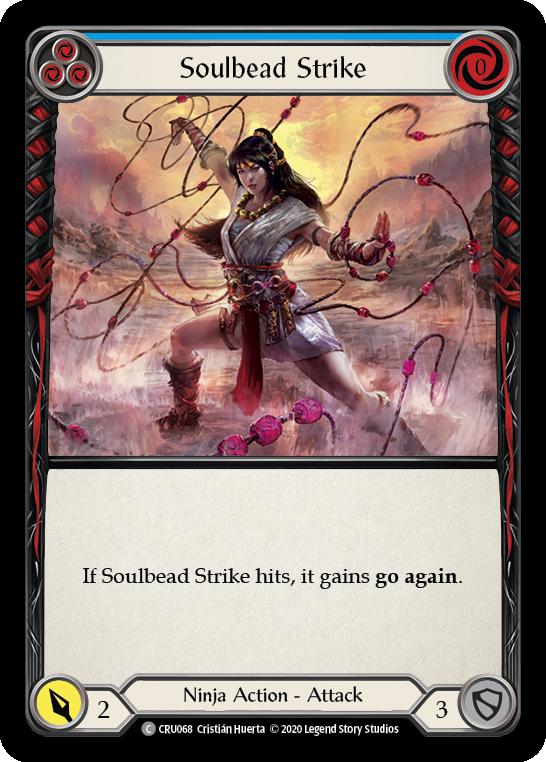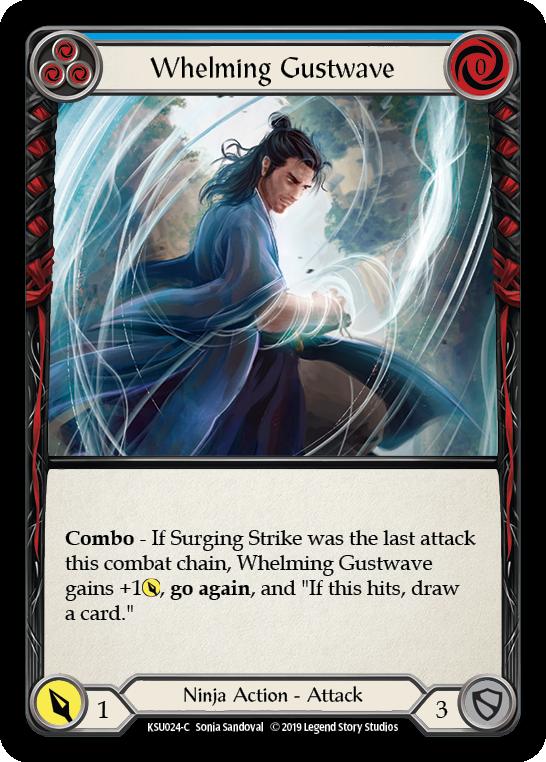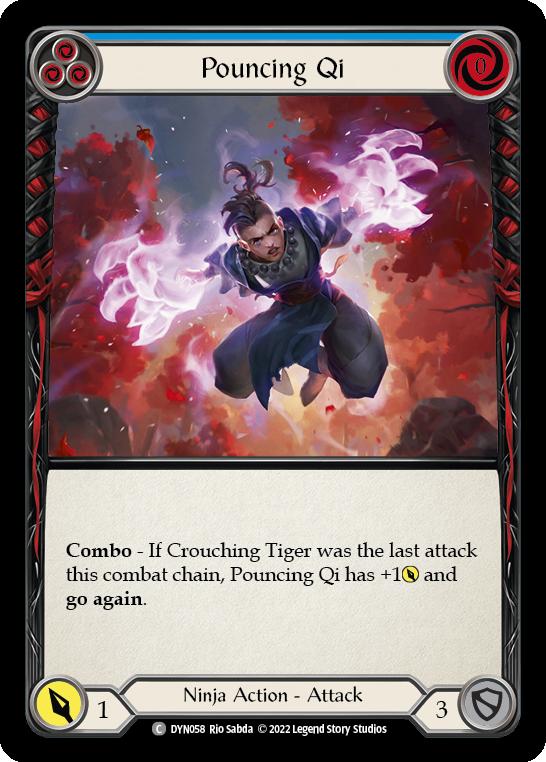The Commoner Club – Ira, Crimson Haze
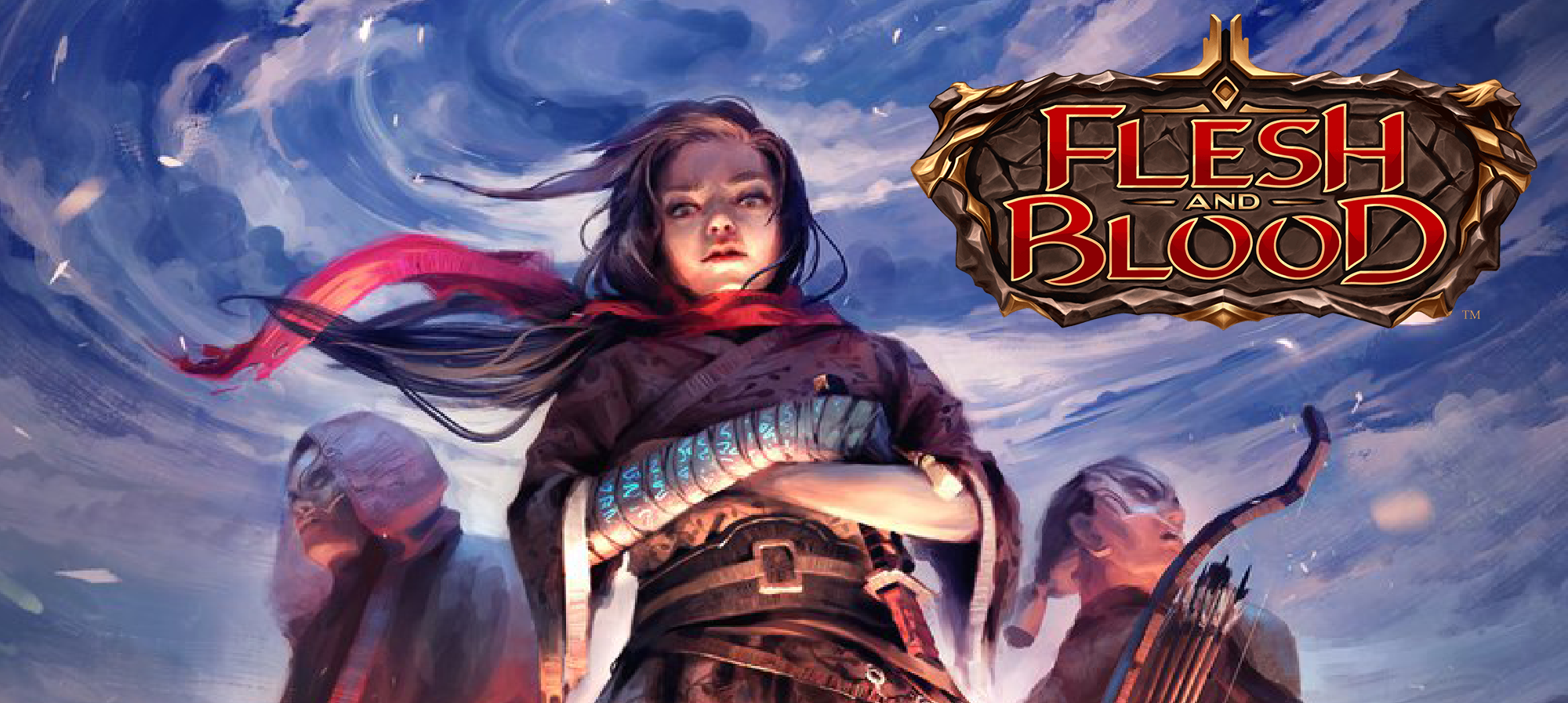
(Ira, Crimson Haze | Art by Le Vuong)
The Commoner Club is a series of articles focusing on the Commoner format, providing decklists, key cards, and how-to-play tips for each hero. The Club aims to provide a budget-friendly and easy-to-digest avenue to Flesh and Blood for those who wish to try out the game.
Who Is Ira?
As a new player, when I was handed the free Ira Welcome Deck at my LGS, I initially dismissed Ira, Crimson Haze from competitive play, thinking that she was meant to only be an introductory hero and nothing more, much like the intro decks of other card games which feature flashy cover rares that see zero constructed play. After all, her ability is just one line — she just gives her second attack +1 power. What gives?
However, Ira has a deceptively powerful hero ability that still makes her a constant threat in the Commoner metagame.
She may not be the fastest, or the flashiest, Ninja in Flesh and Blood, but she definitely is the most stable. Hailed as the Queen of Blitz in the format’s early life, racking up the most Living Legend points in 2021, much of her power is retained when you transition her to Commoner.
Owing to her simple ability, she is extremely easy to pick up and play, plus she teaches you the core mechanics of Flesh and Blood, such as chain links, sequencing, attack reactions, and defense reactions.
Key Cards
Building an Ira deck can be one of the simplest tasks for a new player. The four core card groups are: your Daggers, zero-cost three-block blues, one-cost red attacks, and two-cost haymakers.
Harmonized Kodachi makes this Ira playstyle work, never leave home without them.
Most zero-cost three-block blues have the Combo keyword without having the cards to actually combo off of – this is normal. You just need the pitch to enable the Kodachis, plus the extra block value over two-block ones. The Combo part could be relevant, should you choose to run Breaking Scales.
Red attacks are usually one-cost, four- to five-power attacks like Torrent of Tempo, Push the Point, Leg Tap and more. There are several options available, so feel free to mix and match depending on the card pool available at your LGS.
Two-cost haymakers are Flying Kick, Cut Down to Size, and my personal favorite, Stony Wootonhog. These huge swings can make for a turn where you can threaten a kill from 15 life, thought it requires some careful planning with your resources.
I advise Ira players to pack one Zephyr Needle in the sideboard. She can effectively use the extra point of power over a second Kodachi versus decks that traditionally don’t run defense reactions, such as Fai, Iyslander, and Kano. You can potentially bring it to more matchups if you know the local meta.
Why No Whirling Mist Blossom?
Whirling Mist Blossom is the only specialization card legal in Commoner, so there is some merit in using it in the deck. However, it’s normally just a three-power attack that gets blocked with one card, unless you can keep a Razor Reflex in hand. It requires a block, sure, but I would rather just push one more damage with a Twin Twisters.
Converting the Ira Welcome Deck
The Ira Welcome Deck is a fantastic product that teaches you all the basics of Flesh and Blood. Naturally, those looking to play the stable Ninja in Commoner should look to convert this deck into a pile that they can bring to their Armory.
With that said, the deck contains three copies of each card, while Commoner format only allows two. The deck is also under the limit, which means we have to cut 10 cards and add 20 more to reach the magic 40.
Add: Critical Strike, Leg Tap, Push the Point, Razor Reflex, Sink Below, Soulbead Strike red and blue, Stony Wootonhog, Twin Twisters, Wounding Blow, and Rising Knee Thrust.
Pick up Mask of Shifting Perspectives, Heartened Cross Strap, Goliath Gauntlet, Snapdragon Scalers, and of course, your Kodachis and a Needle. You can also consider other chest and arm pieces, up to your personal preference.
This rounds the deck up to 40 cards and should be in a playable state that can win rounds at your local Armory.
Should you wish to upgrade the deck further, look into replacing Springboard Somersault, Brutal Assault, and Lunging Press. Pick up a set of Ironrots and Nullrunes as well and keep it on you at all times — you’ll be using these in all of your Commoner equipment suites.
Looking into the future, Ira scales well with generic attacks. New one- and two-cost attacks are all worth consideration with each new set drop.
How To Play The Deck: Block Two, Keep Two
Ira’s singular tenet is to throw out two cards on the defense, while preserving two cards to attack on your turn.
How do you push damage on your turn with just two cards? The answer lies in the unassuming one-handed weapon Harmonized Kodachi, of which you can equip two copies. Combined with zero-cost blue cards, you can swing both Daggers and push one to three chip damage per turn.
The average Ira turn goes like this: swing with the first Kodachi for one, pitching a zero-cost blue card, Kodachi for two, then use your second card, which is usually a red attack. This sets you up for a seven to eight damage turn, while presenting around six to eight block value on a turn-by-turn basis.
When you draw a nuts hand, or simply any hand with Stoney Wootonhog or Flying Kick, you can crack Heartened Cross Strap and Goliath Gauntlet and play them as your combo finisher. However, note that since the Kick requires chain link three or higher, you need to crack both equipment before attacking with both of your Daggers, but the two-cost action will still get the reduction and the buff, at the downside of a telegraphed turn. When opting for the Hog or Cut Down to Size, you can close the combat chain first, pop the arm and chest equips, then swing for eight or nine.
Mask of Shifting Perspectives and Breaking Scales are Ironrot Helm and Ironrot Gauntlet alternatives with the occasional upside. Meanwhile, Snapdragon Scalers can salvage a hand with no go agains.
The Deck
Here’s the deck list. Good luck, welcome to the Club, and have fun with Flesh and Blood!
" The Commoner Club: Ira, Crimson Haze"
Further reading:
Common & Conquer Part 2: Hero Complex(ity)
